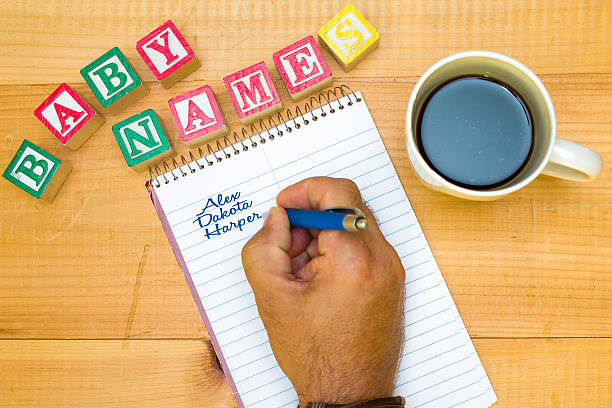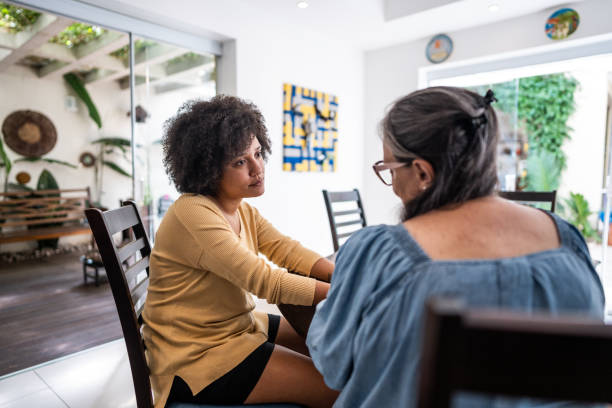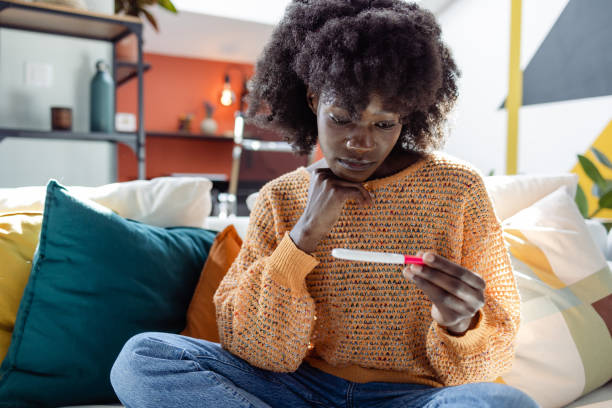GOING NATURAL…Dos and don’ts for maintenance of Afro hair
If you want a hairstyle change this year, go natural and enjoy the freedom of missing out on regular salon visits and use of chemicals. Afro hair is different from
If you want a hairstyle change this year, go natural and enjoy the freedom of missing out on regular salon visits and use of chemicals.
Afro hair is different from other types of hair and needs to be maintained differently. The difference lies in the way the components of the hair structure are put together and this makes it more prone to breakage and dryness. Hair care needs for Afro hair are different from those of Caucasian hair. Afro hair is kinkier, which makes it more difficult for oil secreted from the scalp to reach the ends of the hair, leading to dry and sometimes split ends.
The kinky nature of most Afro hair makes it hard to manage, particularly when left natural. This is why most women prefer chemically straightened hair, which is easier to manage and style. However, it is still possible to keep your hair natural and maintain it without too many headaches if you know how to care for it. The following tips will help you enjoy a healthy head of natural hair.
1.Wash hair with a mild shampoo
The shampoo you use on your hair is a key determinant on how moisturised or dry your hair will be. Harsh shampoos on hair will strip off natural oils, which are very important in protecting the scalp from bacterial infections. If your hair is very fine, avoid shampoos with a lot of conditioning oils, as these will leave the hair limp. Shampooing should be done with finger pads and not nails. While washing the hair, avoid turning it in circular movements as this will tangle it and breakage could occur as a result.
2. Deep condition after shampooing
Deep penetrating conditioners (treatments) strengthen and moisturise hair. Dry the hair using a clean towel after shampooing and then apply enough treatment along the strands. Cover with a plastic cap and sit under a dryer for 15 to 20 minutes for the deep conditioning to take effect. Alternate between protein and moisturising conditioners each time you treat your hair. Read the manufacturer’s label carefully to ensure the right ingredient, as well as instructions of use. Your hair stylist can recommend suitable treatments. Rinse the treatment thoroughly as leaving traces will result in unwanted build up, which can damage your hair.
3. Moisturise with a lotion
Moisturising lotions are purposely designed to moisturise and add sheen to hair, but they also play a very important role in protecting the hair from excessive heat when styling. Apply a moisturising lotion and distribute it well to cover all the hair strands. Avoid greasy oils on the hair, some of which can cause damage or make the hair difficult to manage. Using too much oil also clogs the hair follicles and attracts dirt. Use low diffused heat if blow-drying hair. If there is too much smoke being emitted, it means the blow drier is too hot. Ensure the hair is completely dry before styling it to your desired style.
4. Trim damaged ends
Overly curly hair is difficult to trim before washing and drying the strands straight. Trim your hair of split ends after every eight to 10 weeks. If split ends are not trimmed they tend to ‘eat’ the healthy strands and you end up with unhealthy hair all round. If you feel your hair is splitting more than it should condition it more regularly, say once a week.
5. Wrap when going to bed
Wrap your hair around your head and secure with a net or satin material. Cotton pillowcases drain oil and moisturiser from your hair. Oil your scalp if there is need between salon visits. You will know your hair need oiling if the scalp gets too dry or itchy. A moisturising lotion rather than hair food is preferred for oiling hair in between washes. Avoid metallic salts unless you need them to treat a condition such as dandruff. Metallic salts used in anti-dandruff shampoos and sulphur-based oils usually coat the hair and this may hinder penetration of treatments such as colour and conditioners. They also tend to dry the hair.
6. Eating healthily
Just like the body, the hair needs nourishment with a balanced diet. Bad eating habits lead to dull hair and can cause hair loss. Avoid processed foods, which often lack in vitamins and essential minerals required by the body for maintenance of healthy hair. Lack of essential minerals may leave your hair emaciated. Eating a balanced diet with minimal sugar intake and lots of vitamins and minerals is the best option for healthy hair.
Published in Feb 2012 Issue





